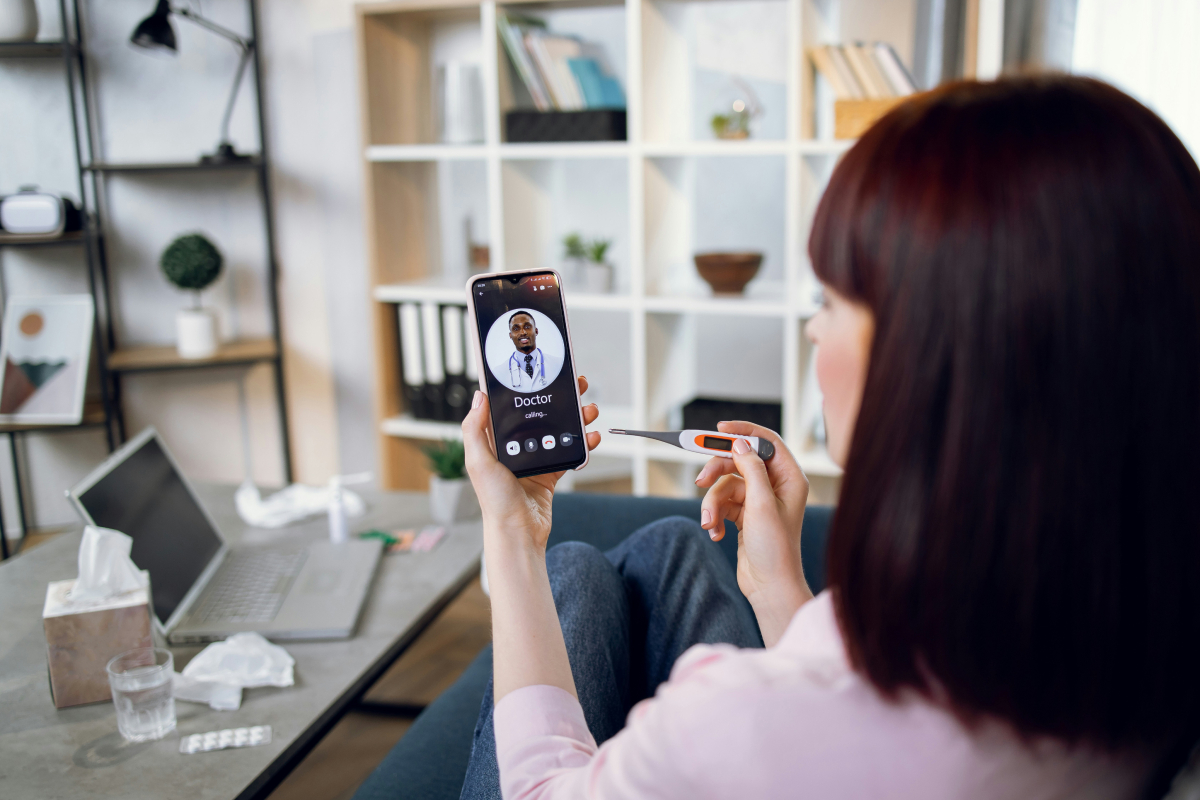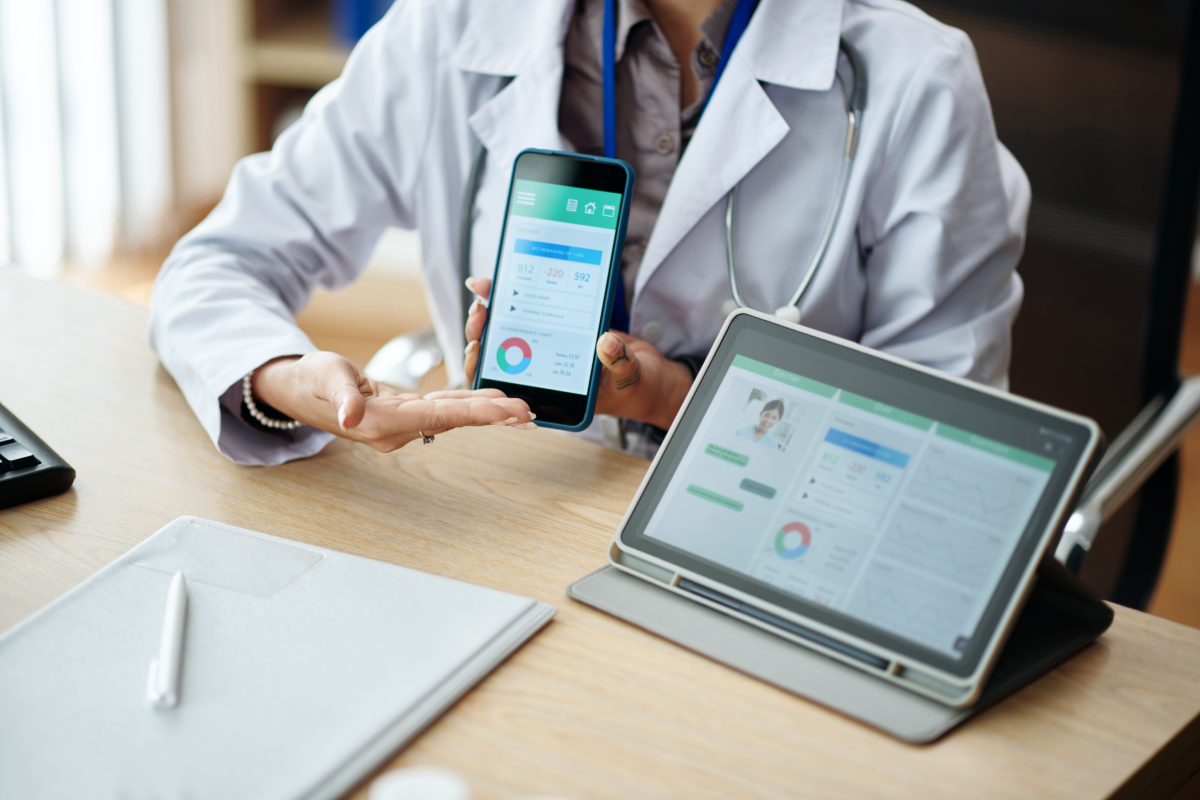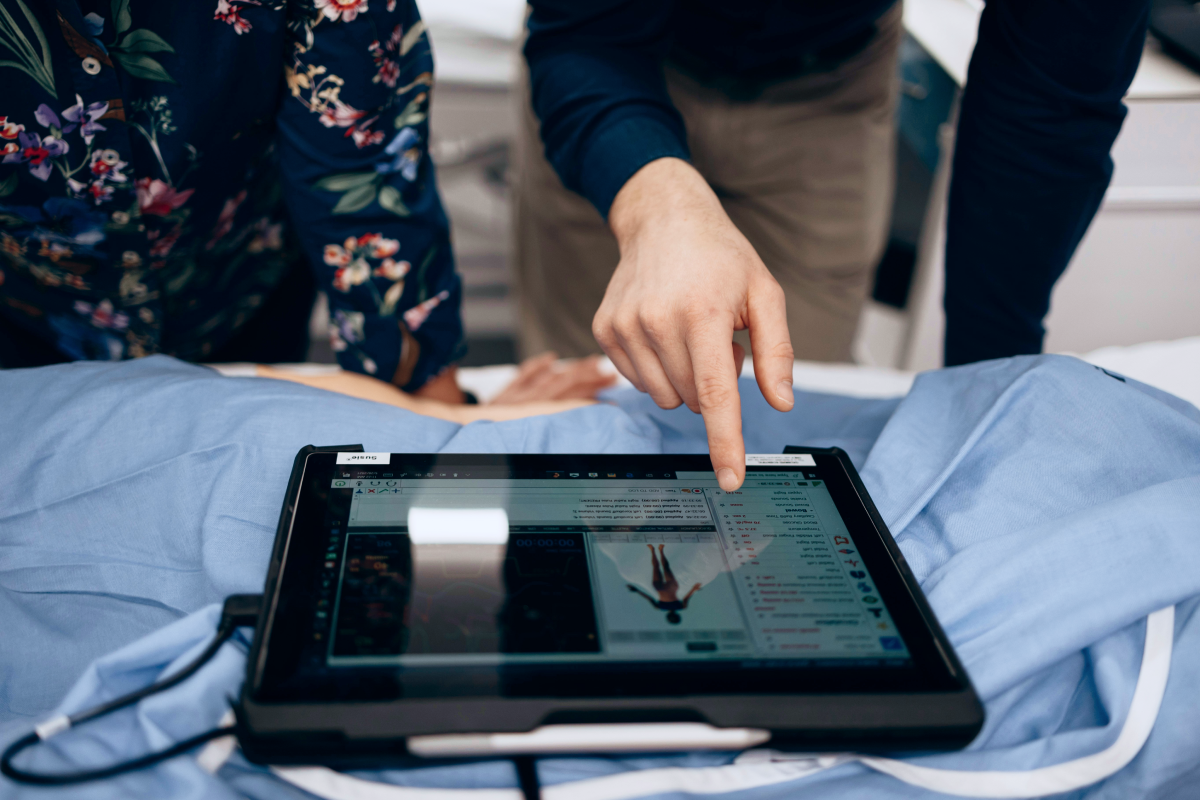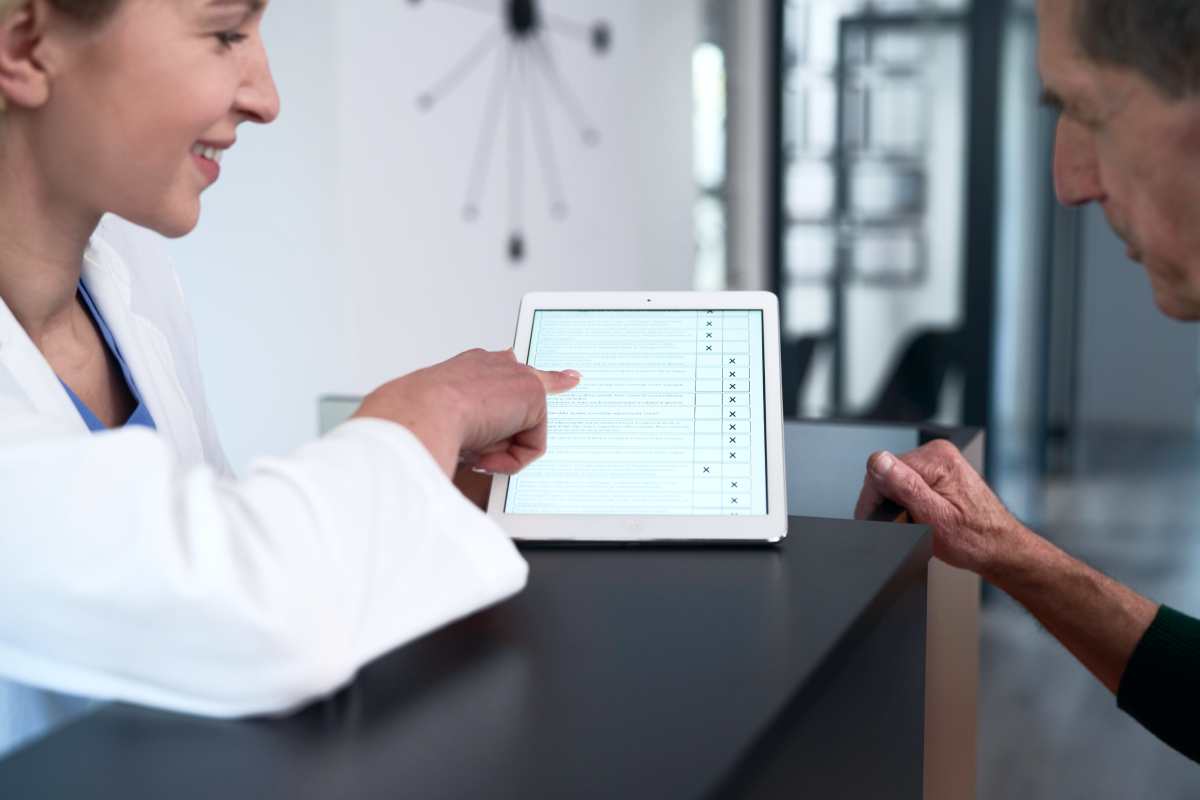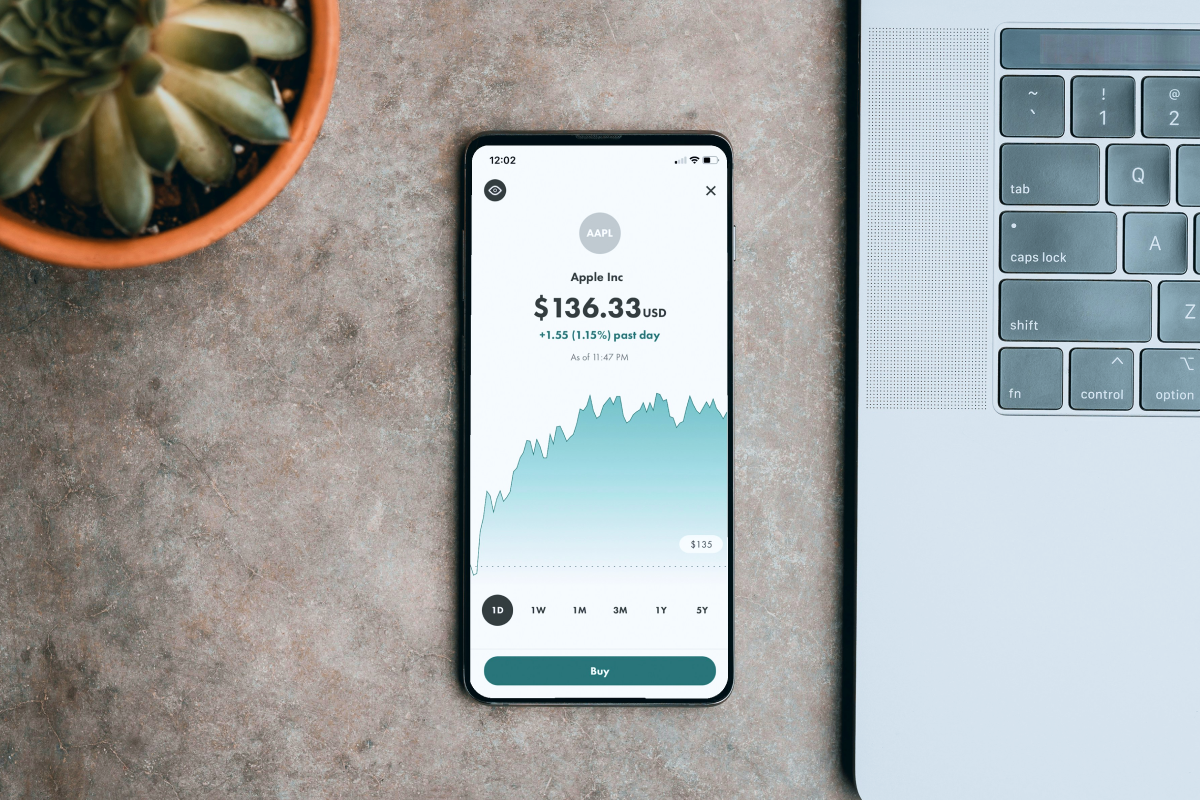Most patients need sustained attention to keep up with their recovery routines. Admittedly, no one enjoys getting reminders to take bitter pills or walk hundreds of steps daily. That’s why gamification in healthcare has drawn the attention of medical professionals and patients alike.
Adopting new health routines has become more enjoyable by diverting patients' attention to collecting points, earning badges, and interacting with other app users. Industry leaders are equally optimistic about the future of healthcare gamification. Valued at $4.6 billion in 2024, the global market for gamified healthcare apps will continue to grow, possibly crossing $10 billion by 2030.
Gamification positively impacts patient care delivery, increases engagement, retains healthcare app users, and delivers better business outcomes. In this article, you’ll learn:
- What healthcare gamification is and how it works.
- How to apply gamification in healthcare apps.
- Considerations when applying gamification to support healthcare deliveries.
- Key examples and trends to watch in the near future.
Let’s start.

What is Gamification in Healthcare?
Gamification is a practice of encouraging behavioral change with elements commonly found in games. In healthcare, gamification supports therapies by encouraging positive behavioral responses among patients. Gamified apps reward patients for committing to specific goals, triggering a sense of achievement with badges, points, and other rewards.
Instead of being discouraged by rigid healthcare routines, gamification brings fun, enjoyment, and a learning-based fulfillment to patients and the broader audience.
Fitbit, for example, encourages users to socialize, collaborate, and compete on their walking goals. After hitting a specific milestone, users can unlock the Serengeti badge, which they can proudly share with friends.
Types of gamification in healthcare
When gamifying healthcare apps, you can take two approaches:
- Integrating gamified content.
- Or build the healthcare journey around actual games.
Let’s take a closer look at each.
Gamified content integration. The first approach encourages interaction in healthcare apps traditionally focused on medical routines. For example, a meditation app typically guides users through meditation scripts. But apps like Headspace turned meditation into a series of fun challenges and reward users for reinforcing positive learning. You can also include quizzes, surveys, and other content that users can interact with.
Healthcare journeys in games. Meanwhile, the second approach uses games as a foundation and layers them with healthcare elements or messages. Consider EndeavorOTC, which looks no different than video games downloadable on the Apple App Store, except that it helps adults with ADHD improve their focus.
Learn more about the custom healthcare services we provide!
What Are The Key Elements of Gamification?
What are the gamification elements that separate successful healthcare apps from the pack? Gamifying your apps to encourage and sustain requirements requires a balance of gaming mechanics and dynamics.

Gaming mechanics
These are tangible elements that keep users engaged on their journey. With gaming mechanics, users are rewarded in different ways when they hit specific goals and challenges. Drawing on behavioral science principles, apps that incorporate these mechanics can empower users to change their habits over time.
- Leaderboards. Leaderboards rank users according to milestones, points, or challenges they’ve completed. When people see how they fare against other users, they get a sense of competitiveness. Naturally, this reinforces the behavior that they demonstrate and helps them to sustain positive practices.
- Points and rating. Users are motivated when they can quantify their progress toward improving their health and lifestyle. Awarding points when completing specific tasks helps fuel their momentum.
Some apps, like MyFitnessPal, visualize progress with graphs and charts. Users see their calorie intake as a progress bar and can track weight changes through charts.
- Badges. Badges are tokens of recognition that users can proudly showcase with their friends. Usually, users receive badges when they’ve collected enough points, completed challenges, or participated in special events. In the abovementioned MyFitnessPal app, users also earn badges for streaks, exercise logs, and milestones, which adds a sense of reward to consistent engagement.
- Levels and progress display. Similar to conventional games, these indicators mark the user’s progress in the app. They can also anticipate, plan, and implement their next moves to unlock subsequent levels. For example, the app requires users to complete basic yoga exercises to move on to the next level.
Gaming dynamics
Gamification is deeply rooted in behavioral science and invokes positive emotions with fun, learning, and interaction. Besides in-game mechanics, you should also consider how to build your healthcare app to promote better interaction. Like online games, users are more engaged when competing with other players.
So, consider these in-game dynamics when planning your app.
- Competition. Encouraging users to engage in healthy competition can further strengthen their sense of achievement. Publishing top-ranked users in the leaderboard is a way to foster competition and increase engagement. That said, be wary of using the strategy in apps designed for critical medical intervention, such as mental health and critical care, as doing so might lead to undesirable outcomes.
- Collaborative actions. Teamplay is common in gaming, and applying such elements in healthcare apps increases engagement. For example, users can create or join groups sharing overlapping goals and work together to accomplish them. Instead of braving the journey alone, users feel better supported when collaborating with their peers.
- Reinforced feedback. Users need feedback to learn if they’ve been practicing the right habits. More importantly, they depend on apps to unlearn improper habits that jeopardize their efforts. They use badges, visual indicators, charts, and reports to track their progress.
- Rewards. Actions that get rewarded are repeated. And this holds when developing gamified healthcare apps. Whether awarding users with badges, digital tokens, or physical gifts, such moves help cultivate positive behaviors and drive users toward achieving their health goals.
Gamification in Healthcare Industry: 5 Use Cases
Healthcare companies have turned creative when applying gamification in their respective apps. These are several approaches you can consider.

1. Use of mobile apps and wearable devices with game-like features
Wearable devices equipped with heart rate monitors, step counters, and other sensors can collect data that supports gamification in healthcare apps. By augmenting gaming elements with external devices, patients can better understand how their physical routines affect scores, progress, or the feedback they receive in the app.
You can also introduce personalized healthcare experiences by analyzing the data collected from individual users. Instead of applying similar benchmarks to everyone, the app allows individual users to set customized goals based on their fitness condition, medical histories, and progress.
Want to learn more about Electronic Health Record (EHR) Integration?
Check our article!
2. Integration of VR and AR technologies
Virtual reality (VR) creates an entirely digital environment. Augmented reality (AR), on the other hand, only adds a digital layer to the real world.
Both VR and AR provide an immersive experience that fosters better learning and action among patients. For example, patients undergoing weight management programs can receive instructions and monitor their workouts in the virtual world. Besides, immersing in an alternate reality also serves as a good distraction for patients struggling with chronic pain. It can also be used during a medical procedure and to help people with mental health issues and anxiety
On top of that, the VR/AR technologies can be implemented in healthcare apps tailored for professionals. Surgeons, doctors, and medical students use these tools to practice complex procedures, refine diagnostic skills, and collaborate in realistic simulations without patient risk.
3. Use of social connections
Some successful apps grow beyond a standalone product into a blossoming community. That’s why fitness apps encourage users to share their results on social media. This way, they can connect with like-minded people and attract others to sign up for the app.
Sweat, for example, lets users share the fitness challenges they completed on social media.
4. Integration of telecommunications and electronic information
The changing healthcare landscape influences how users consume information and interact with apps. Besides gracing their dashboards with badges and rewards, they need functional features like video calls, voice chats, and educational content to get better support.
The mental health app we built is an example of that. The product went beyond offering daily 5-minute emotional support calls. It also included a learning platform based on Advanced Social-Emotional Learning (ASEL). To keep users engaged, the platform featured interactive quizzes, video tutorials, and progress tracking, which reinforced positive habits and created a sense of achievement. In this way, gamification was, apart from general rewards, about weaving educational and emotional growth into a practical care tool.
5. Development of simulation games
Simulations help physicians plan, visualize, and analyze medical procedures in a realistic environment before carrying them out in real life. Besides, doctors can also simulate scenarios to educate patients about their medical conditions and discuss possible interventions. Getting a clearer picture assures patients and also contributes to meaningful discussions.
A good example is Body Interact, a virtual patient simulator. The app offers over 1,200 expert-reviewed scenarios across 50+ therapeutic areas. It allows healthcare professionals to strengthen clinical reasoning, decision-making, and teamwork in a safe digital environment.
Data Privacy Challenges in Gamifying Healthcare
Introducing gaming elements in healthcare apps raises concerns about data privacy as they must collect, store, and analyze sensitive data. Even without the gamified elements, most healthcare apps exchange large volumes of medical data across networks.
Without adequate protection, bad actors may attempt to breach, intercept, and steal the health data the app uses. Equally worrying is the possibility of abusing patients’ data to influence or manipulate their treatment decisions. Both actions are illegal in most countries, which call for protective measures.
Addressing data privacy issues is a top priority if you wish to follow through with releasing gamified healthcare apps to tightly regulated markets. For a start, ensure that you comply with data privacy acts in various regions.
- HIPAA requires all healthcare providers in the US to implement adequate measures for healthcare data stored in their facilities.
- GDPR applies to medical providers operating in the EU and EEA regions. Patients must grant consent before apps can process health-related data.
- PDPA is a legal framework that governs how various industries, including healthcare, share and manage personal data in Singapore.
- The My Health Records Act 2012 is a regulation that governs access to the health data of Australian residents.
- EU AI Act introduces specific requirements for healthcare apps that incorporate AI, with a strong focus on transparency, risk management, and human oversight to ensure the safe and ethical use of AI in medical contexts.
By the way, we have a complete guide for businesses about the EU AI Act readiness.
Expert tip: Here are the top 7 instruments you can use to ensure your product falls under all the HIPAA regulations.
If you choose to work with an app development agency, ensure they have experience building healthcare apps that comply with all the required data privacy acts.
For example, Uptech has successfully launched HIPAA-compliant apps that safeguard users' privacy with encryption, multifactor authentication, and other security measures. From design to testing, we consider data movement and potential vulnerabilities at all possible points – and secure them.
3 Reasons Why To Use Gamification in Healthcare
Despite concerns about data privacy, gamification is still instrumental in benefiting medical practitioners and users alike. I don’t deny that developing gamified HIPAA-compliance apps is tough, but the benefits far outweigh the hassle.
Here’s why.
Healthcare gamification improves CTR
Healthcare providers often support their apps with learning-based content they hope users will consume. Without motivation and a systematic approach, few users will engage with content designed to support their care experience. Gamification makes content engagement more intentional.
For example, you can add a call to action like “play to win,” “test your knowledge,” or “beat the high score" and lead users to quizzes, challenges, or simulations.
Gamification increases retention
Retention is a problem that most healthcare apps struggle with because disengaged users eventually lose interest. With gamification, you can improve engagement by distributing challenges, quests, or games over a longer period. This motivates users to interact with the app more frequently to progress and reduce churn.
Moreover, users who complete their journey are more convinced of the app’s value, potentially becoming loyal ambassadors.
It reduces costs
Gamification benefits healthcare providers in several ways. By encouraging non-critical patients to complete their assigned tasks, medical providers can monitor their progress with minimal intervention. This reduces paperwork, clinic visits, and other administrative tasks.
Healthcare providers can also use the app’s data to support patient follow-ups better and suggest personalized recommendations without developing a separate digital product.
Check out how you can reduce IT costs and come up with a great product!
Examples of Gamification in Healthcare
Several medical providers and healthcare solutions have taken the lead by introducing engaging gaming elements in their apps.
Manage My Pain
Manage My Pain is an interactive journal that helps patients better understand the factors that trigger their pain. By answering several questions, users can indicate their pain severity, body parts, and other prevalent symptoms. The app then consolidates the data and helps users analyze the contributing factors to their pain.

More importantly, the app’s clever UI/UX design lets users add pain episodes in less than a minute. The broadly spaced questions, tap-on answers, and hints make navigating the app more effortless. Designed for iOS, Android, and web browsers, you can expect a consistent and engaging experience across different platforms.
CareClinic
CareClinic is a medical management app that balances medication tracking with nutrition, pain, sleep, and other physiological needs. Users can journal their routines, set personalized goals, track progress, and get reminders to take their pills. CareClinic integrates with Apple Health, Google Fit, and Siri to analyze data from wearables when suggesting treatment plans.

Despite tracking a broad range of health indicators, CareClinic managed to keep its layout organized and uncluttered. It uses recognizable icons and typographies to aid users in viewing and interacting with the information they seek. For example, tapping on the “graph” icon beside Symptom Check brings up a chart that helps users pin down possible triggers of symptoms they experience.
MyFitnessPal
MyFitnessPal counts your calories, so you don’t have to. It supports weight management by providing access to curated healthy recipes with lists of nutrition breakdowns. Users can personalize their goals, track progress, and plan meals with charts and nutritional insight with brightly-colored charts and explanations.

The brilliant thing is, it brings relevant resources that support your goal together. For example, you can choose a diet plan that helps you sleep better. On top of that, the app shows you recipes, exercises, and instructions to cultivate better sleep habits.
It also connects with dozens of wearables, including Apple Watch, Fitbit, Garmin Connect, and Google Fit.
Key Trends in Healthcare
As we mentioned earlier, the healthcare gamification market is expected to grow rapidly in the coming years. By 2029, it is expected to reach a compound annual growth rate of 15.3%. This growth will result from the integration of artificial intelligence in health solutions, higher demand for remote patient monitoring, wider acceptance of gamification in healthcare, progress in augmented reality for medical use, and a stronger focus on personalized care. In my observation, the following trends could also shape gamification in healthcare in the near future.
- Generative AI platforms;
- Multimodal LLMs for clinicians;
- Evidence-based digital therapeutics.
Generative AI platforms
For the past couple of years, generative AI has dominated conversations in the tech industry and made its presence felt in healthcare. AI experts are developing ways for healthcare apps to integrate deep learning models to create safe and helpful AI chatbots.
Imagine chatbots that could guide users to make informed decisions that support their health goals. Besides that, you can also use generative AI to predict user behaviors from their past engagement and generate personalized, actionable plans, e.g., personalized gamified fitness plans

Multimodal LLM for clinicians
To date, large language models (LLMs) for clinical applications have largely focused on text, imagery, or speech processing in their respective forms. AI experts are introducing multimodal LLMs that could seamlessly accept, analyze, and respond in any format. This spells good news for clinicians as multimodal language models open up the possibility of consolidating different AI tools they use on a single platform.
For example, physicians might use the same system powered by a multimodal LLM to:
- analyze imaging results
- record diagnoses
- prescribe medications
- manage patient appointments
At Uptech, we built a medical image processing system for a private clinic that reduced diagnostic time by 30% and improved accuracy with segmentation and classification models. A multimodal LLM could extend such solutions, combining imaging, text, and voice data into one workflow for clinicians.
Evidence-based digital therapeutics
Another interesting development the medical community anticipates is the wider adoption of digital therapeutics (DTx). Unlike general wellness apps, DTx describes clinically proven digital solutions that clinicians can use to treat chronic diseases and other illnesses.
For example, the FDA has approved a DTx that was proven effective in improving retention and abstinence in substance use disorder (SUD) treatment. The DTX takes patients through courses and reinforces their learning with gifts and encouraging feedback.
Other emerging trends include gamification in mental health and stress management, VR-driven healthcare experiences, the use of blockchain for secure gamified solutions, and tailored gamification approaches for elderly care.
Conclusion
Gamification in healthcare directly influences user engagement, retention, and effective care deliveries. Whether collecting points, sharing achievements, or forming new communities, gaming elements can positively impact patients’ behavior and reinforce their actions toward the desired goals.
Several prominent healthcare apps have integrated gaming elements to good effects. Users are impressed by the continuous interaction, personalized journey, and in-app rewards. As I pointed out, emerging technologies like generative AI could further influence these dynamics.
There’s no doubt what healthcare gamification can offer. Your challenge lies in safely integrating the gamified and staying compliant with data privacy acts. Partnering with experienced healthcare app developers like Uptech helps you navigate stringent requirements like HIPAA while ensuring product-market fit.
Let’s discuss how we can gamify your app.



